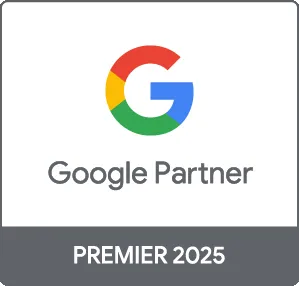Google Ads Display Banners are a powerful tool for reaching your target audience online. These visually engaging ads can appear on a variety of websites, apps, and platforms within Google's Display Network, allowing businesses to boost brand visibility, attract potential customers, and drive conversions. In this guide, we’ll explore the best practices for creating effective display banners that capture attention and compel users to take action.
What Are Google Ads Display Banners?
Display banners are graphical advertisements that showcase products, services, or brand messages. They can include images, animations, and even interactive elements, designed to entice users and encourage clicks. The Google Display Network consists of millions of websites and apps where these banners can be displayed, making it an essential component of any digital advertising strategy.
Benefits of Using Display Banners
- Wider Reach: With a diverse array of placements, you can reach prospective customers across the web, from news sites to blogs.
- Brand Awareness: Compelling visuals help build brand recognition and keep your business top-of-mind among consumers.
- Targeted Advertising: Utilize various targeting options, including demographics, interests, and behavior, to ensure your ads reach the right audience.
Best Practices for Creating Effective Display Banners
1. Focus on Visual Appeal
Engaging visuals are essential. Use high-quality images and maintain brand consistency in colors and fonts. Keep your messaging clear and concise to enhance readability.
2. Include a Strong Call-to-Action (CTA)
Your banner should include a clear CTA that encourages users to click. Phrases like “Learn More,” “Shop Now,” or “Get Started” can direct users to your desired action.
3. Size Variety
Create banners in multiple sizes to maximize placement opportunities. Popular sizes include:
- 300x250 pixels (Medium Rectangle)
- 728x90 pixels (Leaderboard)
- 160x600 pixels (Wide Skyscraper)
- 320x50 pixels (Mobile Banner)
4. A/B Testing
Test different designs, messages, and targeting settings to determine what resonates best with your audience. Analyze performance metrics to continuously refine your approach based on data-driven insights.
5. Optimize for Mobile
Since many users browse on mobile devices, ensure your banners are mobile-friendly and load quickly to enhance the user experience.
Tracking and Analyzing Performance
Utilize Google Ads' built-in analytics tools to monitor the performance of your display banners. Key metrics to track include:
- CTR (Click-Through Rate): Measures how often people click your ad after seeing it.
- Conversion Rate: Indicates how many users completed your desired actions post-click.
- Cost-Per-Click (CPC): Evaluates the cost-effectiveness of your ad spending.
Conclusion
Google Ads display banners represent a valuable avenue for reaching your target audience while enhancing brand visibility online. By following practices such as focusing on visual appeal, including strong CTAs, and constantly analyzing performance, you can create effective campaigns that drive results. At Prebo Digital, we specialize in crafting impactful display advertising strategies tailored to your business needs. Ready to elevate your advertising? Contact us today for expert assistance!





